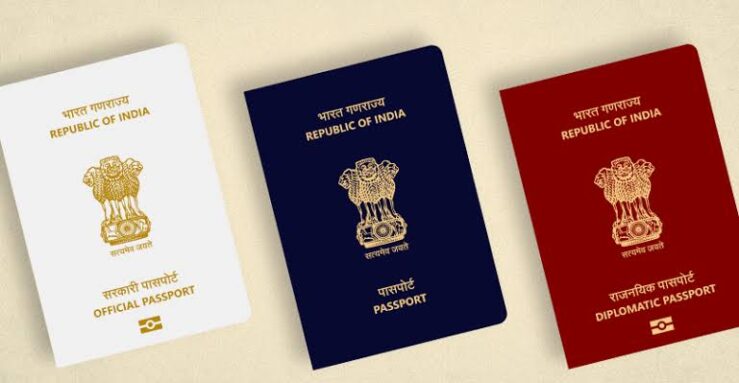A passport is not just a simple travel document; it is one of the most important forms of international identification. Like many other countries, India issues passports in different categories. Interestingly, India issues passports in four different colours – blue, white, maroon (red), and orange. Each colour represents a specific category, status, or purpose of travel. This colour-coding helps immigration officers quickly identify the traveller’s profile and the nature of their journey.
In India, the passport system is managed by the Ministry of External Affairs (MEA) under the Passport Act, 1967. Over the years, several changes have been introduced to make the process more efficient and secure. Recently, India has also introduced the e-passport system, which includes an embedded biometric chip. These e-passports enhance security and make international travel faster and more convenient.
Also Read- Places to Celebrate Ganesh Chaturthi 2025 in Delhi: Top Pandals and Temples for Festive Joy
Blue Passport: For Ordinary Citizens
The blue passport, also known as the ordinary passport, is the most commonly issued in India. It is given to individuals travelling abroad for purposes like personal trips, education, business, or tourism. Now, this passport is also available in an e-passport format with a biometric chip, making immigration faster and smoother. To obtain a blue passport, applicants need to provide documents such as a birth certificate, valid photo ID (Aadhaar or PAN), proof of residence, and citizenship proof. These documents make the issuance process transparent and secure.
White Passport: For Government Officials
The white passport is issued exclusively to government officials, civil service employees, and defence personnel when they travel abroad for official duties. The white colour symbolises their official status, and in some cases, passport holders get special privileges at immigration counters. Obtaining a white passport involves a strict verification process. Applicants must submit a government ID, a duty certificate from their department, an official forwarding letter, and, in some cases, approval from the Prime Minister’s Office (PMO).
Also Read-: Passport Mobile Van to Reach Your Doorstep, Get Your Passport with Just One Click
Maroon (Red) Passport: For Diplomats
The maroon passport, also called the diplomatic passport, is issued to diplomats, senior government officials, and their families. Holders of this passport enjoy several benefits, including visa-free entry or fast-track visa approvals in many countries. Like other passports, the diplomatic passport is now also available in an e-passport format. However, obtaining this passport requires rigorous verification, including official IDs, duty certificates, departmental recommendations, and PMO approval.
Orange Passport: For ECR Category Travellers
The orange passport is issued to Indian citizens who fall under the Emigration Check Required (ECR) category. This generally applies to individuals who have not completed a certain level of education or are travelling abroad to work in specific countries. Orange passport holders must undergo additional emigration checks before travelling.
Why Passport Colours Are Important
Whether you are travelling for vacation, business, official work, or employment, the colour of your passport provides instant information about the purpose of your journey. Blue is for ordinary citizens, white is for government officials on duty, maroon is for diplomats and senior officials, and orange is for ECR category travellers. With the introduction of biometric e-passports, India’s passport system has become safer, faster, and more advanced. The colour coding, combined with modern technology, ensures efficient immigration and secure international travel.

